We all know that most wine is made out of grapes, but not all wine tastes and smells the same. Some wine has an overwhelming butter scent (we’re looking at you, oaked Chardonnay) while some smells like leather. These ingredients aren’t actually being used in your wine, but that doesn’t mean your nose is making scents up. Many factors that play into how your wine smells- the type of grapes used, memory – but an interesting way to consider why some wine smells the way it does is by looking at the various chemical compounds found in a glass of vino. That’s because these various compounds correspond to different aromas – don’t you just love science? So let’s take a look at the science behind what makes your wine smell unique.
Pyrazines
L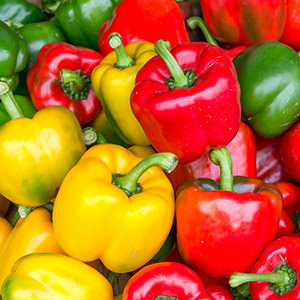 et’s start with Sauvignon Blanc, one of the most, uh, distinctly smelling wines. If you’re picking up on grassy notes or peppers, pyrazines are the culprit. Pyrazines are aromatic organic compounds responsible for the herbal or vegetal scents in a wine. Cabernet Franc, which has “stalky” qualities, is also chock full of ‘em. In addition, Pyrazines produce deeper, roasty scents like dark chocolate and coffee.
et’s start with Sauvignon Blanc, one of the most, uh, distinctly smelling wines. If you’re picking up on grassy notes or peppers, pyrazines are the culprit. Pyrazines are aromatic organic compounds responsible for the herbal or vegetal scents in a wine. Cabernet Franc, which has “stalky” qualities, is also chock full of ‘em. In addition, Pyrazines produce deeper, roasty scents like dark chocolate and coffee.
Esters
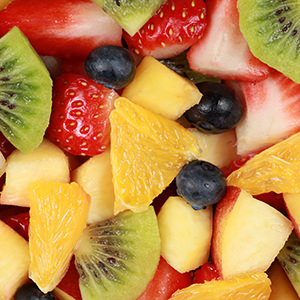 Does your wine smell fresh and fruity, like a fruit salad made with delicious berries? You can thank esters, a product of acids. The next time you’re tasting a big-fruit wine and you sniff upon tropical flavors (or maybe a light floral scent), tip your hat to these flavoring agents, which are used in products beyond wine for that floral-fruity kick. Search for gardenias, raspberries, strawberries, and the scent of fresh cider.
Does your wine smell fresh and fruity, like a fruit salad made with delicious berries? You can thank esters, a product of acids. The next time you’re tasting a big-fruit wine and you sniff upon tropical flavors (or maybe a light floral scent), tip your hat to these flavoring agents, which are used in products beyond wine for that floral-fruity kick. Search for gardenias, raspberries, strawberries, and the scent of fresh cider.
Terpenes
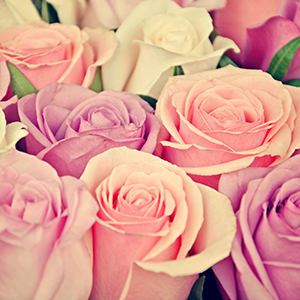 Wines that kick up the floral notch (like Moscato and Grenache) owe their perfumed bouquets to terpenes. Terpenes produce fragrant smells like orange blossoms and roses, but they can also smell more earthy, like pine. Terpenes are also found in everyone’s favorite plant: marijuana! In fact, rotundones, a type of terpene, can smell just like oregano. The next time you sniff a Syrah, Cab Sauvignon, or Gewürztraminer, search for garden-fresh scenes like pepper, rosemary, and peppercorn.
Wines that kick up the floral notch (like Moscato and Grenache) owe their perfumed bouquets to terpenes. Terpenes produce fragrant smells like orange blossoms and roses, but they can also smell more earthy, like pine. Terpenes are also found in everyone’s favorite plant: marijuana! In fact, rotundones, a type of terpene, can smell just like oregano. The next time you sniff a Syrah, Cab Sauvignon, or Gewürztraminer, search for garden-fresh scenes like pepper, rosemary, and peppercorn.
Sotolon+Phenylacetaldehydes
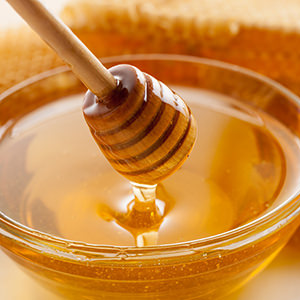 What if your wine smells overwhelmingly like honey? Such is often the case in rich late harvest or Noble rot-affected dessert wines. With Sauternes or late-harvest Muscat, you’ll pick up on spices like ginger, jam, and of course, the heady smell of overripe fruit. Botrytis, the rot in Noble rot, takes all the credit. Botrytis contains compounds like Sotolon and Phenylacetaldehydes (say that five times fast) that produce the intense flavors we associated with dessert wine. Think of a flan, or baklava.
What if your wine smells overwhelmingly like honey? Such is often the case in rich late harvest or Noble rot-affected dessert wines. With Sauternes or late-harvest Muscat, you’ll pick up on spices like ginger, jam, and of course, the heady smell of overripe fruit. Botrytis, the rot in Noble rot, takes all the credit. Botrytis contains compounds like Sotolon and Phenylacetaldehydes (say that five times fast) that produce the intense flavors we associated with dessert wine. Think of a flan, or baklava.
Lactones
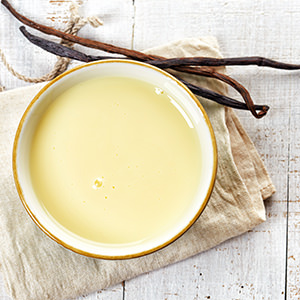 Have you ever opened a bottle of wine, sniffed, and thought am I drinking a tiki drink? When you pick up on those strong scents of vanilla and nuts, lactones – a subset of esters – are at work. Lactones are found in thicker, sweet foods like butter, coconut, and hazelnuts. These creamy scents are particularly abundant in oaked wines. So if you’re a buttery Chardonnay lover, lactones will put you where you want to be. These are smells that remind you of milk, perhaps ice cream, or french toast.
Have you ever opened a bottle of wine, sniffed, and thought am I drinking a tiki drink? When you pick up on those strong scents of vanilla and nuts, lactones – a subset of esters – are at work. Lactones are found in thicker, sweet foods like butter, coconut, and hazelnuts. These creamy scents are particularly abundant in oaked wines. So if you’re a buttery Chardonnay lover, lactones will put you where you want to be. These are smells that remind you of milk, perhaps ice cream, or french toast.
Thiols
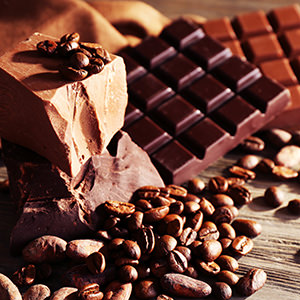 Now, what about the wines for chocolate lovers? Like pyrazines, thiols conjure up complex flavors like cocoa and a cup of joe. They’re also responsible for the smokiness you crave in a wine when you’re eating a juicy steak. Think Malbecs and California Pinot Noirs.
Now, what about the wines for chocolate lovers? Like pyrazines, thiols conjure up complex flavors like cocoa and a cup of joe. They’re also responsible for the smokiness you crave in a wine when you’re eating a juicy steak. Think Malbecs and California Pinot Noirs.
Some of you might be thinking, when I smell wine, all I smell is wine! We’d recommend immersing yourselves in all of the fragrances around you. Sniff out your spice cabinet, or take a whiff of the fruit at the supermarket (just don’t put your nose like, on the produce). Remember, scent in large part is about memory. And of course, check out our wine smelling guide to get you started.

